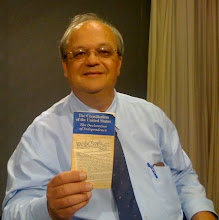This report provides a look at chemical accidents where sheltering in place was used as a public protective action. It was entered into the record in the Indian Point license renewal proceeding.
Excerpt: "To maximize the protective value of sheltering in place, threatened people must know how to shelter effectively and quickly. Public education in emergency preparedness must include information on how and why to shelter in place. In addition, communities must have ways to alert the public to a chemical threat. Emergency alert systems should be able to provide the public with information about the emergency, simple protective action instructions, and information on where to find additional information about protective actions. In many communities, emergency preparedness instructions, including how to shelter in place, can be found in local phone books. LEPCs (local emergency planning committees) in various areas also have implemented strong public education programs for emergency preparedness."
nuclear.COMment: phone books are rapidly going the way of the dodo bird. New strategies are needed.
